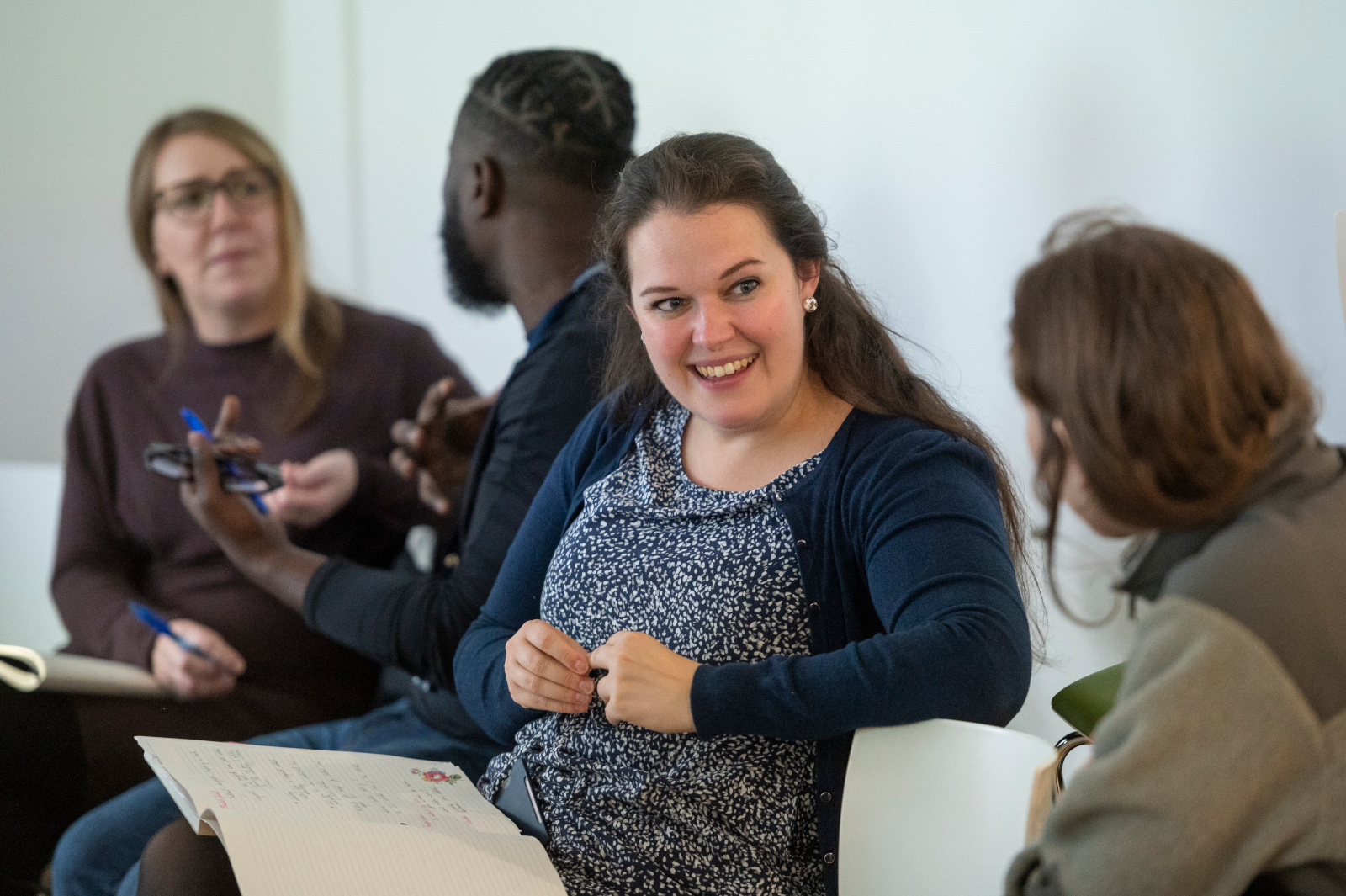Terezinha Nunes is Emeritus Professor of Educational Studies. She started her career as a clinical psychologist in Brazil and moved to a research career by obtaining a doctorate in Psychology at City University of New York, where she was supported by a Fulbright Scholarship.
Her work spans the domains of children’s literacy and numeracy, including both hearing and deaf children’s learning, and her focus of analysis covers cognitive and cultural issues, with a special interest in educational applications. Her work on “street mathematics” in Brazil uncovered many features of children’s and adults’ informal knowledge, and her subsequent work in the U.K. investigates how this informal knowledge can be used in education. Her literacy research focuses on the connections between morphological awareness, spelling and vocabulary growth. In 2017 she was awarded the Hans Freudenthal award for innovative and influential research in mathematics education, by the International Union of Mathematicians. In 2018 she received a Doctor Honoris Causa from the University of Szeged, Hungary.






